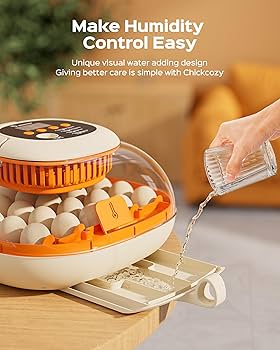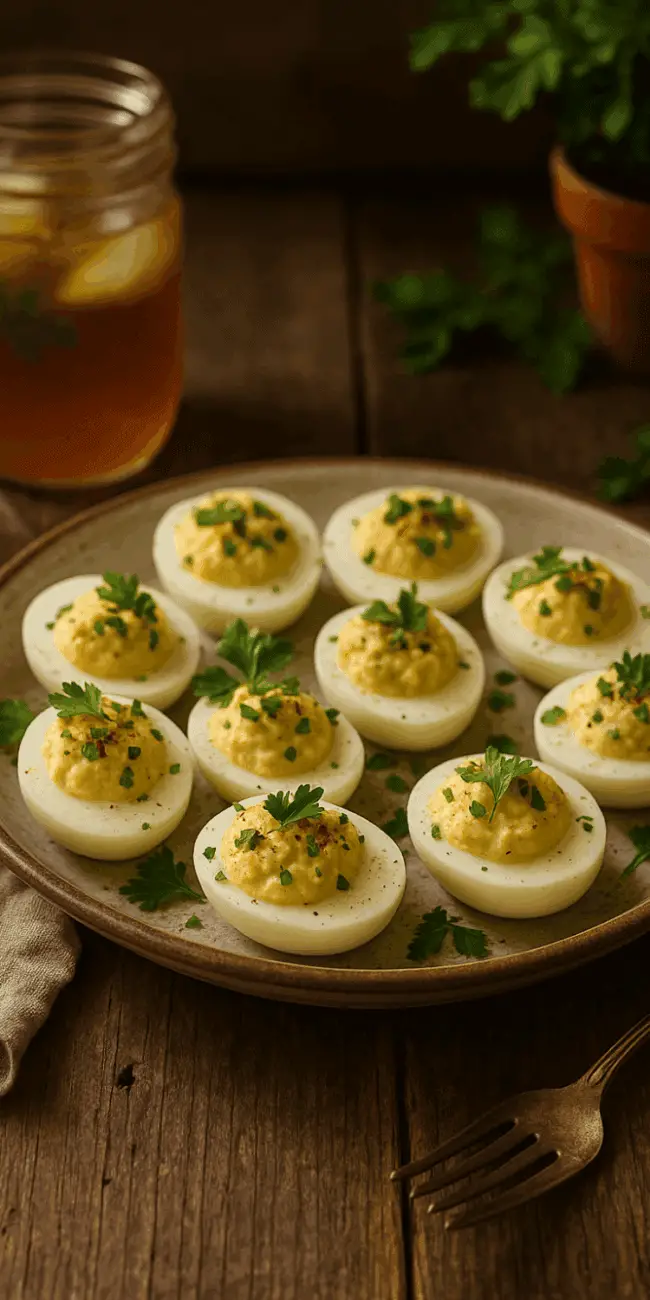Food preservation is an essential skill that every beginner should learn. It allows you to extend the shelf life of your food and reduce waste. There are several methods of food preservation, and each has its unique benefits and drawbacks. In this article, I will introduce you to some of the most common food preservation methods that are easy to learn and apply.
Food Preservation Methods for Beginners
Canning is one of the most popular food preservation methods, and it involves processing food in airtight jars. The process involves heating the jars to a specific temperature to kill bacteria and other microorganisms. Canning is an excellent method for preserving fruits, vegetables, and meats, and it can last for several years. Other food preservation methods that we will discuss in this article include freezing, dehydrating, and pickling. Each of these methods has its unique benefits and can be used to preserve different types of food.

Understanding Food Preservation
Preserving food is a method of extending the shelf life of food items by slowing down the natural process of decay and spoilage. There are several methods of food preservation, and each method has its unique advantages and disadvantages. As a beginner, it is essential to understand the basics of food preservation and the different methods available.
Food preservation can be achieved through various techniques such as drying, canning, freezing, smoking, and fermenting. These methods help to inhibit the growth of microorganisms that cause spoilage and decay. The primary goal of food preservation is to prevent the growth of bacteria, yeast, and mold, which can cause food poisoning and other health hazards.
Home food preservation is becoming increasingly popular as people seek to save money and reduce waste. With the right tools and techniques, it is possible to preserve food items for months or even years. However, it is essential to follow the correct procedures to ensure that the food is safe for consumption.
When preserving food, it is crucial to consider factors such as the type of food, the preservation method, and the storage conditions. For example, some foods are more suitable for canning, while others are better suited for freezing. Similarly, some preservation methods require specific equipment and skills, while others can be done with basic kitchen tools.
Understanding food preservation is essential for anyone interested in preserving food at home. By learning the different preservation methods and the factors to consider, you can extend the shelf life of your food items and reduce waste. Remember to follow the correct procedures and safety guidelines to ensure that your preserved food is safe for consumption.
Basic Principles of Food Preservation
As a beginner in food preservation, it is essential to understand the basic principles of food preservation. These principles are the foundation of all food preservation methods and help to ensure that your food stays safe and fresh for as long as possible.
One of the primary factors that affect food spoilage is bacteria. Bacteria are present in all types of food, and they can grow rapidly under the right conditions. To prevent bacterial growth, it is crucial to control the environment in which the food is stored. This can be done by controlling the temperature, humidity, and acidity levels of the food.
Another factor that affects food spoilage is oxygen. Oxygen can cause food to spoil by allowing bacteria to grow and by causing oxidation. To prevent this, it is essential to store food in airtight containers or to remove as much air as possible from the packaging.
Acidity is another critical factor in food preservation. Most bacteria cannot survive in acidic environments, so adding acid to food can help to prevent bacterial growth. The pH scale is used to measure the acidity or alkalinity of a substance. Foods with a pH of 4.6 or lower are considered acidic and are less likely to spoil.
Enzymes are also present in food and can cause spoilage if not controlled. Enzymes are responsible for breaking down food, and they can be deactivated by heat or acidity. For example, cooking food can help to deactivate enzymes and prevent spoilage.
Mold and yeasts are other microorganisms that can cause food spoilage. These microorganisms thrive in warm, moist environments, so it is essential to store food in dry, cool places to prevent their growth.
By understanding these basic principles of food preservation, you can choose the right preservation method for your food and ensure that it stays fresh and safe to eat.
Popular Food Preservation Methods
As a beginner in food preservation, it is essential to know the most popular methods used to preserve food. These methods have been tried and tested over time and are known to be effective in extending the shelf life of food. Here are some popular food preservation methods:
Canning
Canning is a popular method of food preservation that involves sealing food in jars and then heating them to kill any bacteria or microorganisms present. This method is suitable for preserving fruits, vegetables, meats, and fish. There are two types of canning: water bath canning and pressure canning. Water bath canning is suitable for high-acid foods like fruits and pickles, while pressure canning is used for low-acid foods like vegetables and meats.

Freezing
Freezing is a popular method of food preservation that involves storing food at sub-zero temperatures. This method is suitable for preserving fruits, vegetables, meats, and fish. Freezing helps to slow down the growth of microorganisms and bacteria, thereby extending the shelf life of food. However, it is essential to note that some foods like lettuce and cucumbers do not freeze well.

Drying
Drying is a popular method of food preservation that involves removing the moisture from food. This method is suitable for preserving fruits, vegetables, and meats. Drying helps to prevent the growth of microorganisms and bacteria, thereby extending the shelf life of food. There are different ways to dry food, including sun drying, oven drying, and dehydrating.
These are some of the popular food preservation methods that you can use as a beginner. Each method has its advantages and disadvantages, and it is essential to choose the method that works best for the type of food you want to preserve.

Canning for Beginners
Canning is a popular method of food preservation that involves sealing food in jars and heating them to destroy any bacteria or microorganisms that may cause spoilage. This method is ideal for preserving high-acid foods like fruits, tomatoes, and pickles, as well as low-acid foods like meats, poultry, and vegetables. Here are some basic steps to get you started with canning:
- Gather your supplies: You will need canning jars, lids and rings, a pressure canner or water bath canner, canning tongs, a canning rack, a magnetic lid lifter, and a jar lifter. You can find these supplies at most hardware or home goods stores.
- Prepare your food: Wash and chop your fruits or vegetables, and cook your meats or poultry. Follow a trusted recipe to ensure that your food is safe to can.
- Fill your jars: Leave the recommended amount of headspace (the space between the food and the top of the jar) as specified in your recipe. Wipe the rims of the jars with a clean, damp cloth to remove any food residue or debris.
- Seal your jars: Place the lids on top of the jars and screw on the rings. Do not over-tighten the rings, as this can prevent air from escaping during processing.
- Process your jars: Place your jars in a pressure canner or water bath canner, following the processing time and pressure guidelines for your recipe. Use your canning tongs and jar lifter to carefully remove the jars from the canner and place them on a towel to cool.
- Check your seals: Once your jars have cooled, check the seals by pressing down on the center of the lids. If the lid does not flex or move, your jar is properly sealed. If the lid pops or moves, your jar did not seal properly and should be refrigerated and used within a few days.
Remember to always follow guidelines for safe canning and use trusted recipes to ensure that your food is safe to eat. With a little practice, canning can be a fun and rewarding way to preserve your favorite foods for later use.
Freezing and Drying Foods
As a beginner in food preservation, you may want to consider freezing and drying as great options. These methods are simple and do not require any special equipment.
Freezing
Freezing is a great way to preserve food for a long time. It is a simple method that involves storing food in a freezer. Freezing is ideal for preserving fruits, vegetables, meat, fish, and poultry. Here are some tips for freezing food:
- Freeze food as soon as possible after harvesting or purchasing.
- Use freezer-safe containers or bags to store food.
- Label containers with the date and type of food.
- Leave some space at the top of the container to allow for expansion.
- Thaw food in the refrigerator or microwave.
Drying
Drying is another effective method for preserving food. It involves removing moisture from food to prevent the growth of bacteria and mold. Dried food can be stored for a long time and is ideal for camping and hiking trips. Here are some tips for drying food:
- Choose fresh and ripe fruits and vegetables.
- Slice food into thin pieces for faster drying.
- Use a dehydrator or oven to dry food.
- Store dried food in an airtight container.
- Rehydrate dried food by soaking it in water before cooking.
By using these simple methods, you can preserve food for a long time and reduce food waste.
Making Jams, Jellies, and Pickles
As a beginner in food preservation, making jams, jellies, and pickles is a great place to start. These are some of the easiest and most popular types of preserves, and they can be made with a variety of fruits and vegetables.
When making jams and jellies, it’s important to use the right kind of fruit and the correct ratio of sugar to fruit. Most recipes call for equal parts sugar and fruit, but some fruits may require more or less sugar depending on their natural sweetness. It’s also important to use the right kind of pectin, which is a natural thickener that helps the jam or jelly set.
Pickles are a great way to preserve vegetables like cucumbers, carrots, and peppers. They can be made in a variety of ways, from sweet and tangy bread and butter pickles to spicy dill pickles. When making pickles, it’s important to use fresh vegetables and the right kind of vinegar and spices.
Other types of preserves, like marmalade, relishes, and chutneys, can also be made using similar methods. Marmalade is typically made with citrus fruits and has a tangy, bitter flavor. Relishes are made with chopped vegetables and vinegar and can be sweet or savory. Chutneys are similar to relishes but are typically made with fruit and spices and have a sweeter, spicier flavor.
Making jams, jellies, and pickles is a great way to get started with food preservation. With a few simple ingredients and some basic equipment, you can create delicious preserves that will last for months or even years.
Safety Measures in Food Preservation
As a beginner in food preservation, it is important to prioritize safety measures to prevent foodborne illnesses. Here are some safety measures to consider:
Cleanliness
Before starting any food preservation process, it is important to clean all equipment, surfaces, and utensils thoroughly. This will help prevent the growth of harmful bacteria and other microorganisms.
Botulism
Botulism is a serious illness that can be caused by consuming contaminated food. It is important to note that botulism thrives in low-oxygen environments, so it is crucial to follow proper canning techniques and ensure that all jars are properly sealed.
Toxins
Certain foods, such as mushrooms, can contain toxins that can be harmful if not prepared and preserved properly. Be sure to research the specific preservation methods for the foods you are working with and follow them carefully.
Vacuum Sealing
Vacuum sealing is a popular method of food preservation, but it is important to use caution when using this technique. Improperly sealed bags can lead to the growth of harmful bacteria, so be sure to follow the manufacturer’s instructions carefully.
Seals and Venting
When using jars for canning, it is important to ensure that the seals are properly in place and that there is enough venting to allow for the release of excess pressure. Failure to do so can lead to the growth of harmful bacteria and even explosions.
By following these safety measures, you can ensure that your preserved foods are safe to consume and enjoy.
Storing Preserved Foods
As a beginner in food preservation, it’s important to know how to store your preserved foods properly to ensure they remain fresh and safe to eat. Here are some tips on storing preserved foods:
Store in a Cool, Dark Place
Preserved foods should be stored in a cool, dark place such as a pantry or cupboard. Exposure to light and heat can cause the food to spoil faster. It’s also important to keep the food away from moisture and humidity, which can lead to mold and bacteria growth.
Label Your Preserved Foods
Labeling your preserved foods is essential to keeping track of what you have and when it was made. You can use labels or markers to write the date and contents of the preserved food. This will help you keep track of the shelf life of the food and avoid eating expired items.
Check Shelf Life
Each preserved food has a different shelf life, so it’s important to check the expiration date and consume the food before it goes bad. Some preserved foods, such as canned goods, can last for several years, while others, like pickles, have a shorter shelf life of a few months.
Use Proper Containers
Using proper containers is important when storing preserved foods. Glass jars with airtight lids are ideal for storing jams, jellies, and pickles. Plastic containers with tight-fitting lids can be used for freezing fruits and vegetables. It’s important to use containers that are specifically designed for food storage to ensure the food stays fresh and safe to eat.
By following these tips, you can ensure that your preserved foods stay fresh and safe to eat for as long as possible.
Seasonal Eating and Food Preservation
As a beginner in food preservation, it’s important to understand the concept of seasonal eating. Eating seasonally means consuming fruits and vegetables that are currently in season in your area. This not only supports local farmers, but it also ensures that you’re getting the freshest and most nutritious produce available.
When produce is in season, it’s often abundant and more affordable. This makes it the perfect time to preserve your favorite fruits and vegetables to enjoy throughout the year. By doing so, you’ll be able to enjoy the flavors of summer in the dead of winter.
There are many food preservation methods that are perfect for seasonal eating. Canning, freezing, and dehydrating are all great options for preserving produce. When deciding which method to use, consider the type of produce you’re working with and how you plan on using it in the future.
When preserving seasonal produce, it’s important to properly label and store your preserved foods. This will help you keep track of what you have and ensure that your preserved foods last as long as possible.
Overall, seasonal eating and food preservation go hand in hand. By eating seasonally and preserving your favorite produce, you’ll be able to enjoy fresh and nutritious foods all year round.
Additional Resources for Food Preservation
As a beginner in food preservation, it’s important to have access to reliable resources to ensure the safety and quality of your preserved foods. Here are some additional resources that I recommend:
National Center for Home Food Preservation
The National Center for Home Food Preservation is a great resource for learning about food preservation techniques. Their website offers a wealth of information on canning, freezing, drying, and other preservation methods. They also provide detailed instructions on how to properly preserve different types of foods, as well as tips on how to store and use preserved foods.
MasterClass
If you prefer a more hands-on approach to learning, MasterClass offers an online course on food preservation taught by expert food preservationist Marisa McClellan. In this course, you’ll learn how to preserve fruits, vegetables, and other foods using a variety of methods, including canning, pickling, and fermenting. You’ll also learn about the science behind food preservation and how to troubleshoot common issues.
Having access to reliable resources is key to successful food preservation. Whether you prefer online courses, blogs, or forums, there are plenty of resources available to help you learn and grow as a home preserver.








